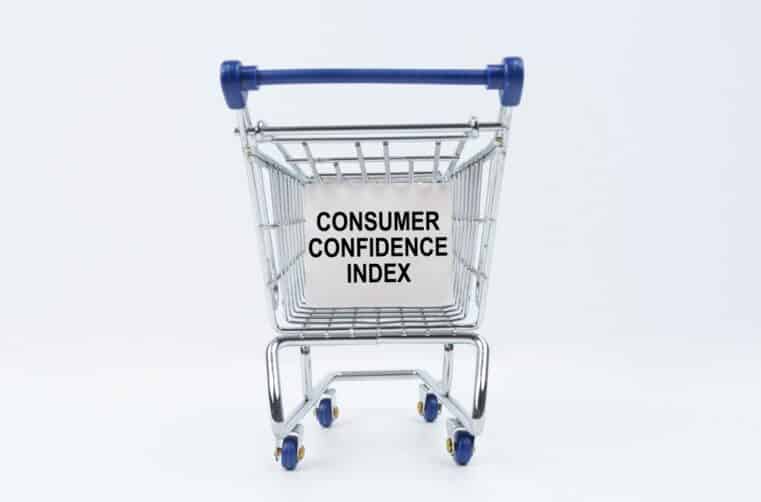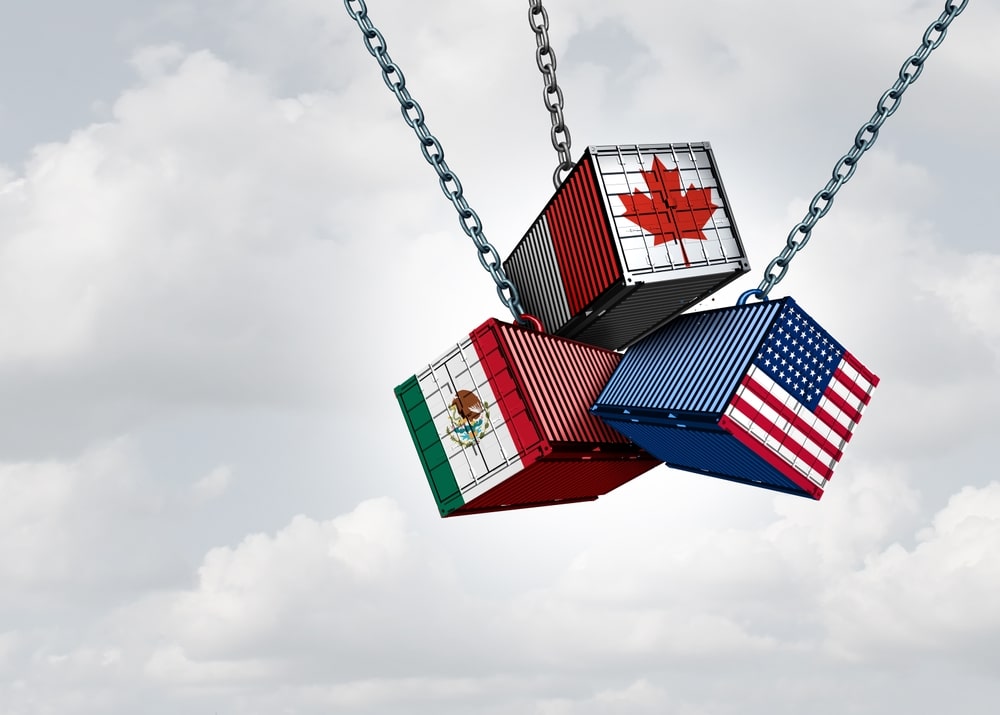
VIX Surge Indicates Excessive Volatility to Be the Norm for 2019
A high volatility environment can be distressing for most investors. But for retirees with substantial equity holdings, volatility can be threatening.
After all, if your retirement savings is tied to a portfolio overweight in stocks, then not only will the “value” of your wealth will be experiencing a constant see-saw, there’s also the possibility that it's fluctuating its way toward a massive and dizzying loss.
Similar to US markets just this last year, the threat is that after all the ups and downs, your wealth, in the end, may likely experience a net loss, a case in which you might not have enough money to sustain your retirement.
If you thought that the volatility toward the end of 2018 was excessive, be prepared to accept the possibility that such extreme volatility will be the norm for 2019.
The S&P 500 has recently become more volatile than any benchmark in Asia, Europe, and emerging markets.
The CBOE Volatility Index (VIX) has reached its highest level since February 2018--surging 157% this year,
Intraday swings in the S&P 500 have been as high as 2.3% in December alone, averaging around 1.2% DAILY throughout the entire year!
This kind of volatility has dwarfed those of any other index in Europe or Asia.
As the Fed begins unwinding as much as $50 Billion per month amidst trade war uncertainties and a partial government shutdown, extreme financial turbulence--manifesting in big intraday gains and big intraday losses--is to be expected as investors digest the impact of the Fed’s trimming.
In the backdrop, however, mortgage rates are likely to rise, and economic growth likely to slow as the Fed attempts to give itself some options (via unwinding its balance sheet) to jump into another easing program as the US heads toward the end of its expansionary business cycle and toward a recession.
US equities have lost over $5.4 Trillion in value since just last September.
Big losses? That was just the beginning.
The US is playing catch-up to the rest of the world in terms of equity market declines. Losses in China and emerging markets have been far worse in 2018.
Sure, the S%P may have plunged by 11% in December, but the 7.7% decline for the years is still far smaller than those of equity indices across Asia, Europe, and emerging markets.
This indicates that US equities have yet a lot farther to fall.
Large investors and hedge funds, once betting that volatility would slide in 2019, are currently net-long VIX futures, projecting that large swings may be a consistent feature across the market landscape.
The one positive thing that all this volatility has brought to the markets is a surge in trading volume, as the trading is now up 7.2 billion shares per day (11.1% higher than average).
While this may benefit traders who seek short-term market opportunities, such an environment can be hazardous to those approaching or in retirement.
You do not want to see instability in your wealth on a day-to-day basis. This is what you will likely see for a large part, if not all, of 2019.
Whether you are retired or approaching retirement, you want to see the kind of stability that ensures you will not run out of money.
But how is that achievable in the current market environment?
If you rely on portfolio withdrawals and cash flow, exiting the stock market altogether may be out of the question.
Yet buying more stocks, particularly as financial institutions and perhaps even the Fed (hence, its “unwinding”) brace for a recession, will only cause you to lose more of your wealth.
Holding all cash will not help you in the long run as the even the average rate of 3% inflation will eat away at your purchasing power.
One solution would be to hold all of it: evenly apportioning your assets across all asset classes, that is gold and silver, stocks, bonds, and cash — an “all-weather” portfolio.
Not only are precious metals a reliable store of intrinsic value, but holding metals in equal amounts to stocks, bonds, and cash can help you better weather market declines, inflation, and recessionary periods, and in a way that captures growth during bear markets and bull markets.
As a retiree, you want to smooth-out volatility as much as possible. This means reducing your exposure to assets that are most affected by the kind of market volatility we are expecting more of this year.
But you don’t want to lose opportunities for growth either. So protecting your wealth by maintaining a reasonable allocation to all of the asset classes that can benefit from the various phases of the economic cycle may be your best solution.
Asset allocation is the key to maintaining and increasing wealth. Most importantly, it is the key to preventing the risk of running out of money while in retirement.
And adding physical gold and silver to your portfolio can make the biggest difference in building a portfolio that may thrive during all cyclical market environments, whether up or down.
Contact GSI Exchange to learn more about investing in precious metals to protect your wealth. Download our Definitive Guide to Investing in Precious Metals free of charge by Clicking Here.













